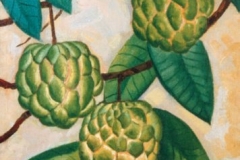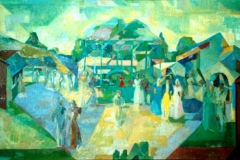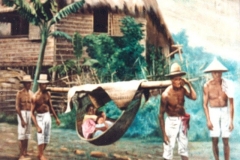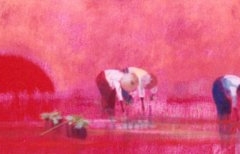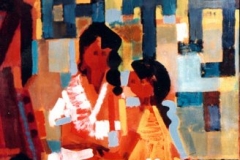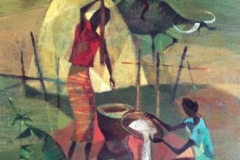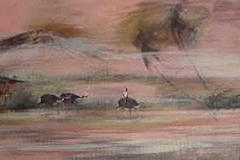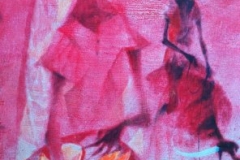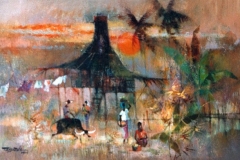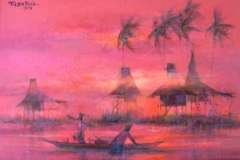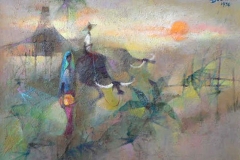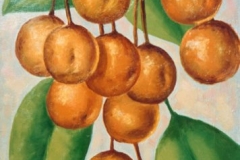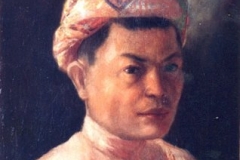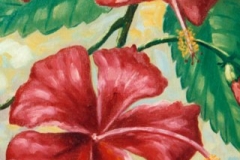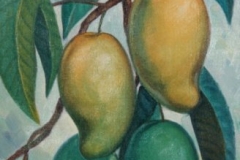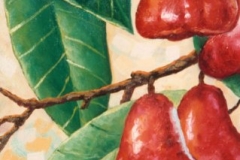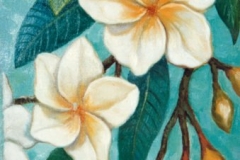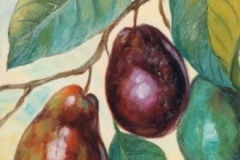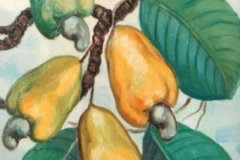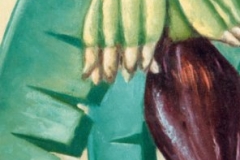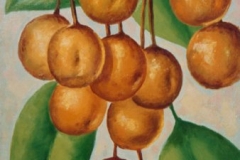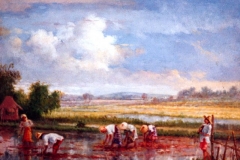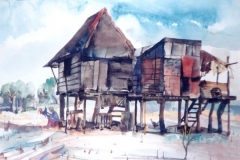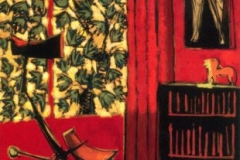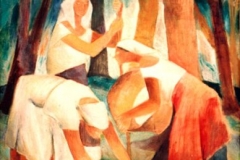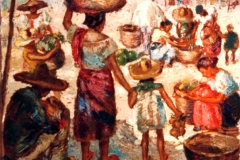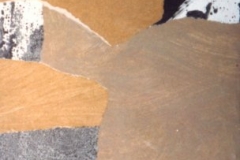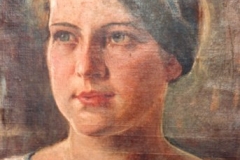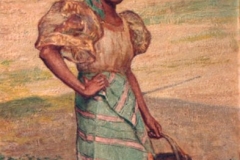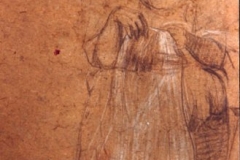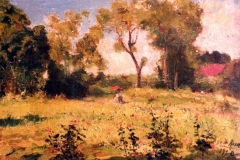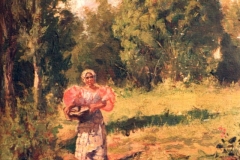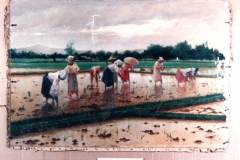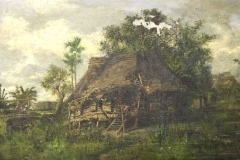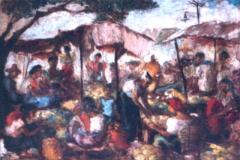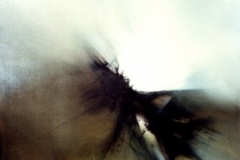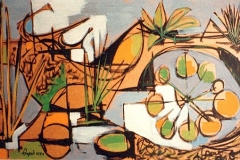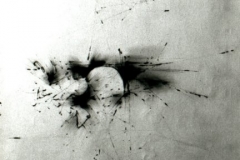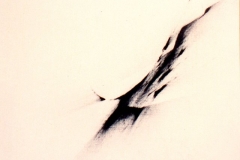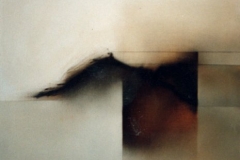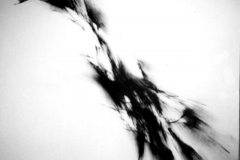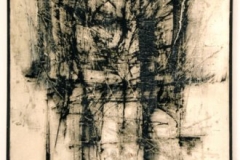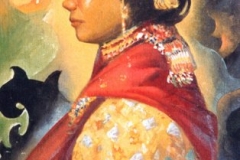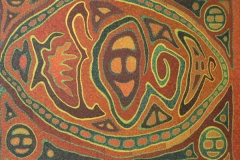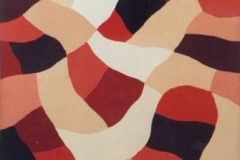Philippines
Western style painting was introduced to the Philppines by Spanish friars who copied the religious icons brought by them from Spain. Early paintings, such as works by Josef Luciano Dans (1805- ca. 1870), one of the earliest recorded painters in Philippine art history, were created around 1850, and include a three level image of Mary, the Seven Blessed Sacraments and Hell.
During the Spanish occupation of the Philippines, paintings were created exclusively for religious purposes. In 1821, Damian Domingo, known for executing the first self-portrait by a Filipino artist, opened the first formal fine arts school in the country in his house, the Academia de Dibujo. In 1850 a new art school, the Academia de Dibujo y Pintura was opened, with 70 enrollees. Later re-named the Escuela Superior de Pintura, Escultura y Grabado, it was a flourishing art academy, producing painters who rivaled those of Europe in technical skill, and who broadened the range of acceptable of subject matter to include genre scenes, portraits, and landscapes. Filipino painters increasingly had the chance to work and study abroad including Juan Novicio Luna and Felix Resureccion Hidalgo who became the first international Filipino artists when they won the gold and silver medals in the 1884 Madrid Exposition.
During the 20th century the works of Fernando Amorsolo gained wide recognition. Known for his technical mastery and his genre scenes of Philippine rural life, he and his contemporaries were highly influential and widely copied.
World War II brought a tremendous change in the style and subject matter of Philippine art. Among the modernists were “Neo-Realists” — Hernando R. Ocampo, Vincente Manansala, Cesar Legaspi and Romeo Tabuena — who depicted postwar social realities in styles infused with European and American modernism. This group had artistic connections to another group, the “Thirteen Moderns” formed by Victorio Edades, which included Anita Magsaysay-Ho. Contemporary Philippine painting continues to be a vital cultural force, reflecting the blended culture and history of the Philippine nation.

